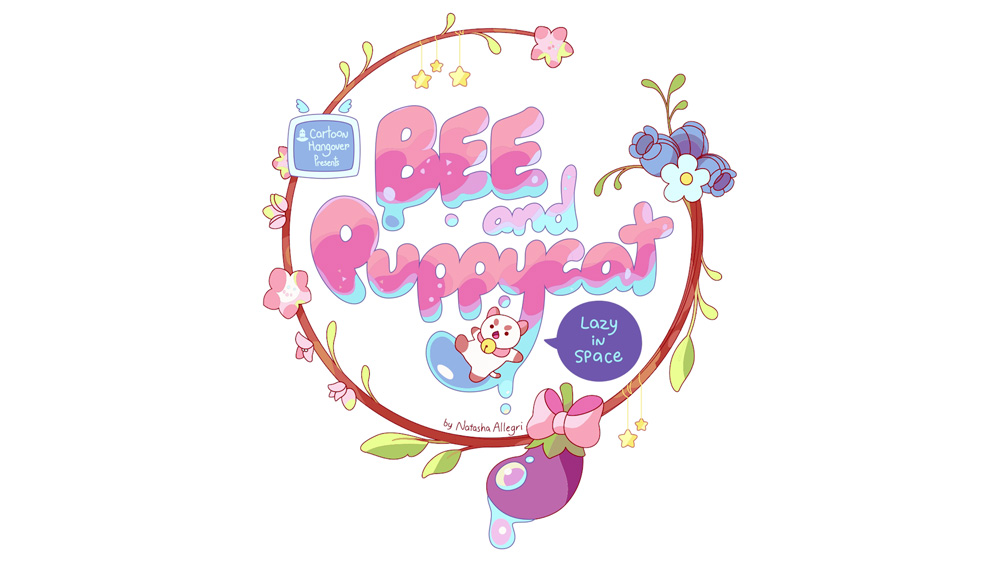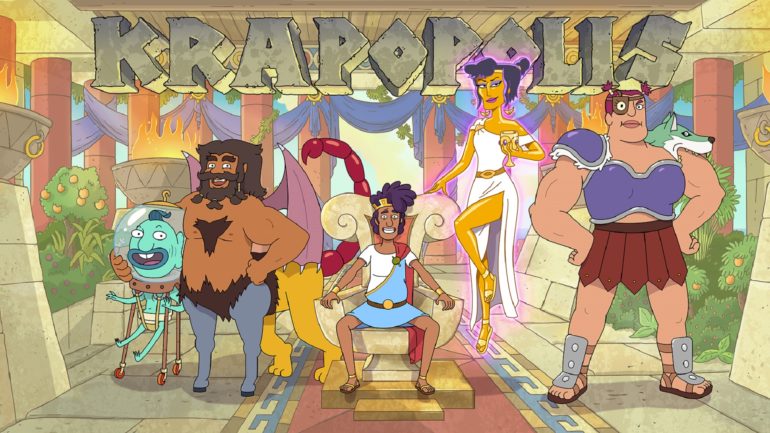Season Review: Bee and PuppyCat: Lazy In Space
Bee and PuppyCat is one of those treasure franchises that you hoped wouldn’t get fucked by the onslaught of the streaming bubble, and there are a number examples of animated TV shows we may never see again because of this. A lot of these were on the terribly mismanaged VRV streaming service, now defunct after coming with Crunchyroll as part of the AT&T buy and subsequently sent packing to Sony, which didn’t need an application in which to keep track of a number of streaming services, it had one with the PlayStation Media Bar.
Fortunately, Netflix was able to step in and save Bee and PuppyCat: Lazy In Space from seeing a similar fate of falling into obscurity. Originally slated to drop on VRV/Cartoon Hangover in 2018 before the streamer began to go awry, Netflix not only rescued the sequel series, but helped take the excellent original series, and give it a new buff and shine with some expanded exposition on certain plot points. You should absolutely watch these episodes before you dive into Lazy in Space, and in fact, will include their importance in this review.
The premise of the series follows Bee, an unemployed woman in her early twenties who comes across a true cat crossed with a puppy that both talks and has various Baymax-like powers at it’s disposal, which comes in handy when Bee starts working for a temp agency that staffs jobs for a number of different occupations in space. Really the jobs span the gamut and are for other-wordly beings taking on menial tasks, opening sodas, baby-sitting, I mean you name it, it’s there. The difference in the show’s second season is that we have an evil presence that seems to be putting its literal fingers in a number of different cookie jars causing all sorts of trouble.
For fans of Bee and PuppyCat, you’ll notice quite a few differences in both seasons. For starters, the show’s first season was co-produced by Frederator Network and Korean studio Dong Woo Studio while the second season was co-produced by Frederator Network and Japanese studio OLM. As a result, the aesthetic of Bee and PuppyCat leans less towards it’s Adventure Time roots that Natasha Allegri and Pen Ward staked their names on, and more towards the Pokemon anime that OLM is known for. It still works, just slightly in a different manner.
The voice cast gets a budget lift as well, a number of notable names will be recognized, but really the show stops and starts with Allyn Rachel and this fucking Oliver that steals every, and I mean EVERY scene in this show. For those that don’t know, Oliver is a software program developed by VocaTone, and it might be the funniest voice actor in television and it somewhat showcases the reality that software can, and will be, a part of the future of adult animation. In some cases, software can be a replacement.
Viewers may see the moniker, “Lazy In Space”, and think that they may be getting another Futurama or Rick and Morty. Nope, this show certainly doesn’t give a shit about the physics or science of space, it’s merely a place where TempBot gives you odd jobs to pay rent. The tempo of the soundtrack doesn’t even change much, it’s largely the same, regardless if there’s a scene that has more action or antagonists/protagonists, space or no space, the Will Wiesenfeld-composed score stays cogent which actually lends itself to the ridiculousness of the more hair-brain sequences.
Bee and PuppyCat’s real winning formula is that there is an underlying anger across the board, no matter how cute or cuddly the characters seem, and PuppyCat exemplifies this more than most. Yeah, sure, Bee and PuppyCat may not feature a heavily-embedded plot that keeps you engrossed from episode to episode, but you’re going to be lost in the whimsical atmosphere all-the-while laughing your ass off at every PuppyCat one-liner, so you should have enough to keep you engaged.



























Just cancel this bird already. The chicken is beyond cooked. It's burnt to a crisp.